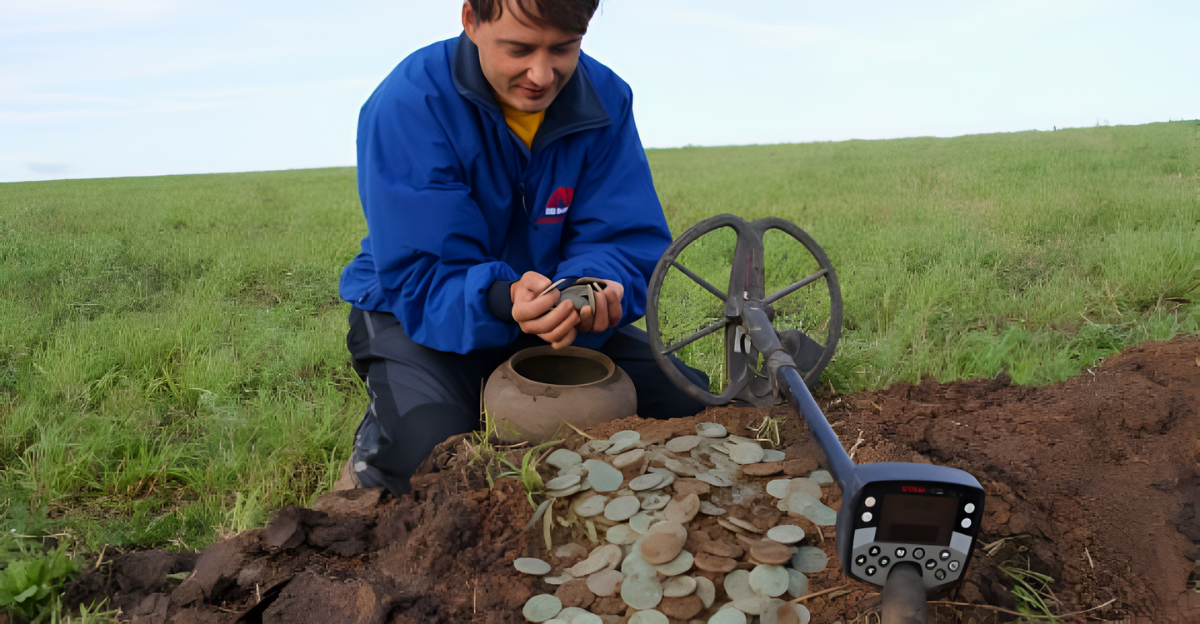
Archaeologists report a treasure trove of finds from the British ground. In 2022 alone, the UK logged over 47,000 metal-detector discoveries – a record annual high.
These amateur finds feed into the Portable Antiquities Scheme (PAS): to date, over 1.7 million objects have been recorded.
Treasure Act cases have surged too: 1,378 cases in 2022, roughly fifteen times the number reported annually in the late 1990s.
By systematically cataloging these finds, Britain is “transforming our understanding of the past”.
Training Surge
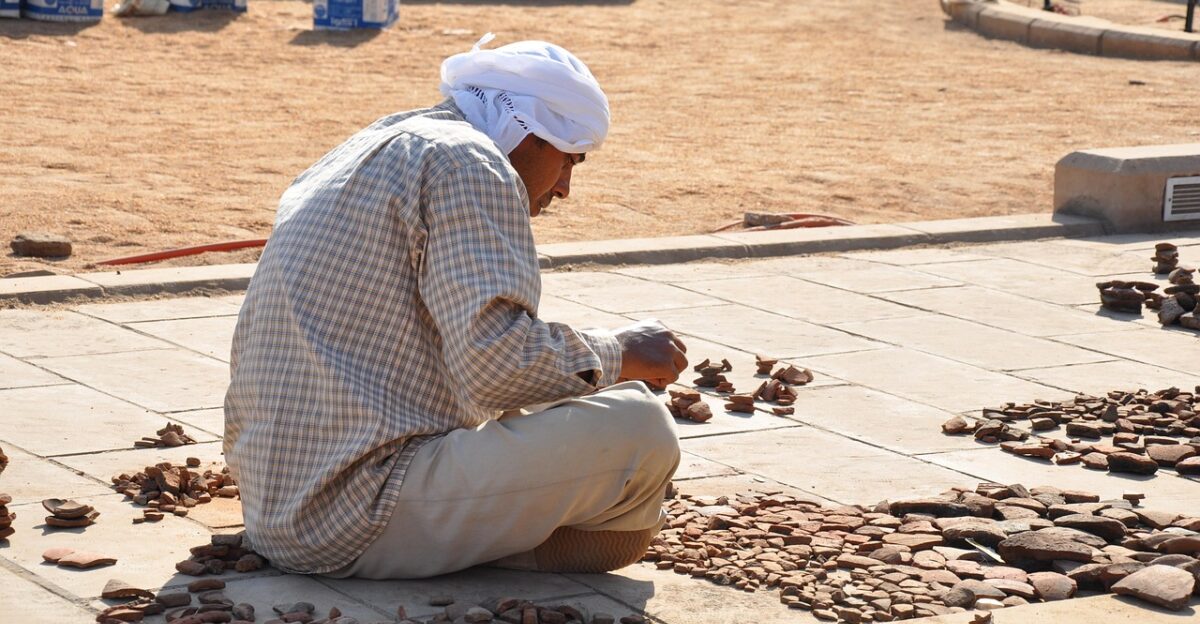
Interest in archaeology has exploded. Field-school programs – from Newcastle to Lincolnshire – report record demand, often filling months in advance.
Universities say archaeology program applications have roughly tripled since 2020, fueled by viral headlines and social media footage of newly found hoards.
One commentator notes that the pandemic lockdowns drove “an uptick in interest in metal detecting”, as enthusiasts turned a hobby into science.
Aspiring archaeologists now flock to hands-on digs, eager to join the next discovery.
Roman Legacy

Dere Street was the Romans’ main highway north of York to the Firth of Forth, built around AD 79–81.
At roughly 180 miles, it ran through Corbridge along Hadrian’s Wall up to Cramond (modern Edinburgh).
This route linked legionary forts and supplied Roman troops across Britain. Many later roads follow its path – for example, today’s A1 and A68 highways roughly trace the same corridor.
Long after Rome’s departure, Dere Street remained the backbone of Britain’s frontier and influenced medieval travel routes.
Northumberland Wealth
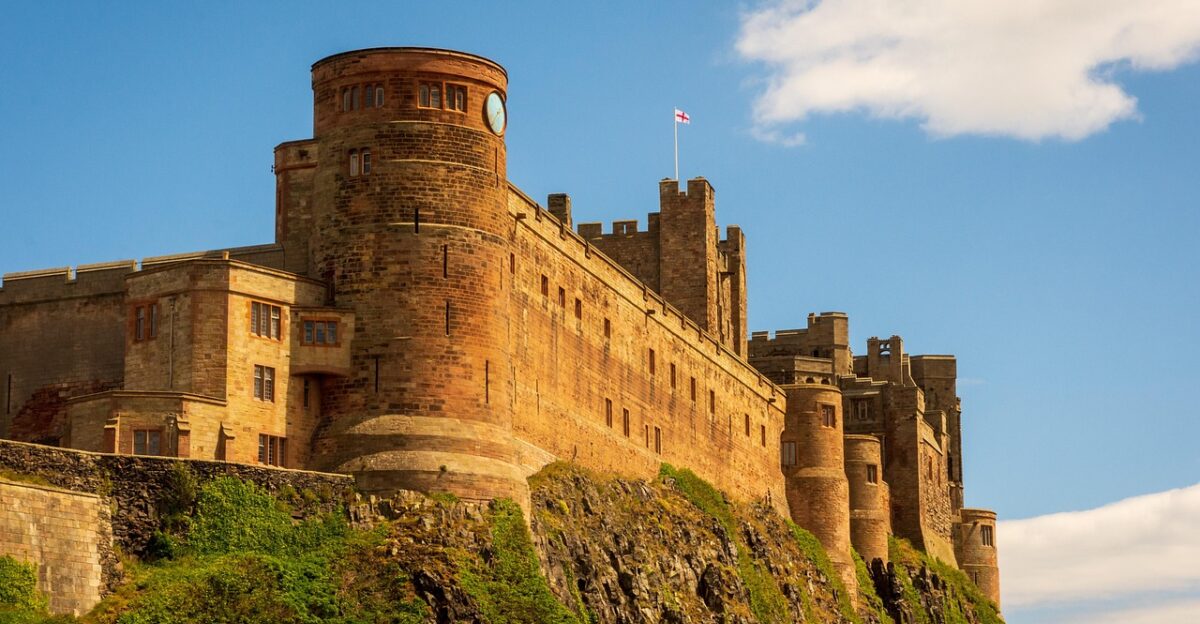
The Dere Street corridor in Northumberland has yielded extraordinary finds. Detectorists have unearthed unique early-medieval treasures in the area, suggesting it was wealthy then.
For example, in 2021, a local metal detectorist found a ninth-century gold pin in Redesdale – a discovery that echoes this year’s find.
Elsewhere in England, finds like the 2021 West Norfolk Hoard underline the point: Norwich Castle acquired 129 seventh-century gold coins for £217,200 with lottery backing.
Each hoard reflects prosperous early elites burying wealth along key routes, whether in Northumberland or beyond.
The Discovery
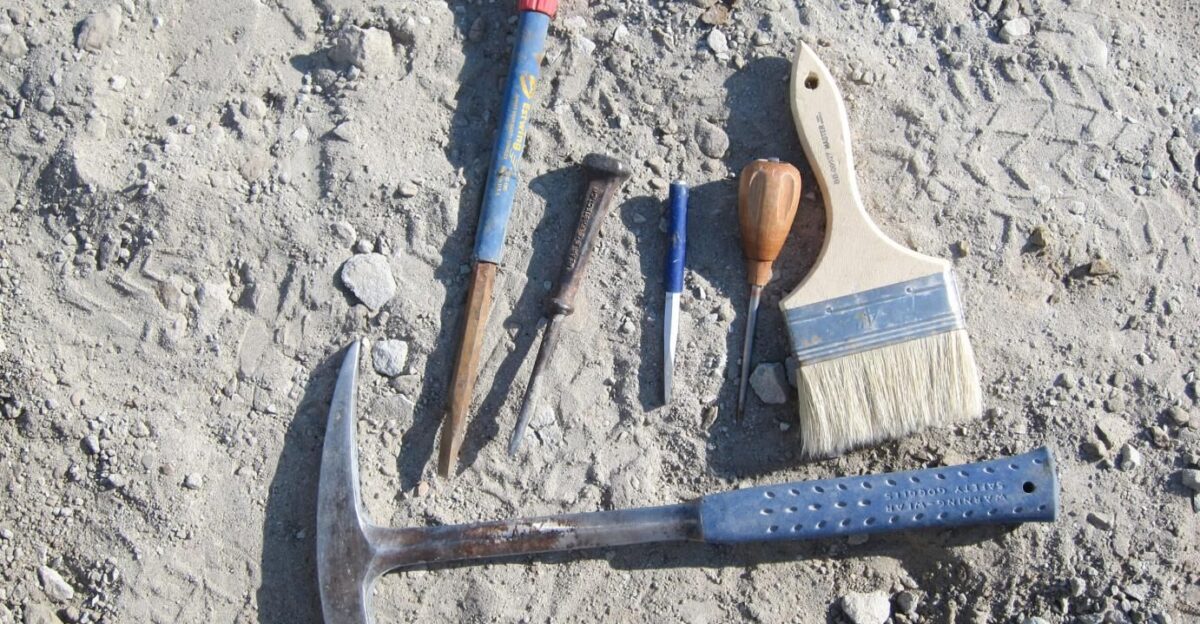
In July 2025, a first-year archaeology student hit paydirt. Florida-born Yara Souza was digging at Redesdale, Northumberland, when – just 90 minutes into her first-ever excavation – she pulled out a 1.5-inch ornate gold artifact.
Dating to the ninth century, the slender knob-shaped piece was clearly a high-status or ceremonial object. Remarkably, this was only the second such object found in that field.
News of the find spread fast, highlighting how even early-career excavators and detectorists can yield museum-quality treasures.
Regional Impact
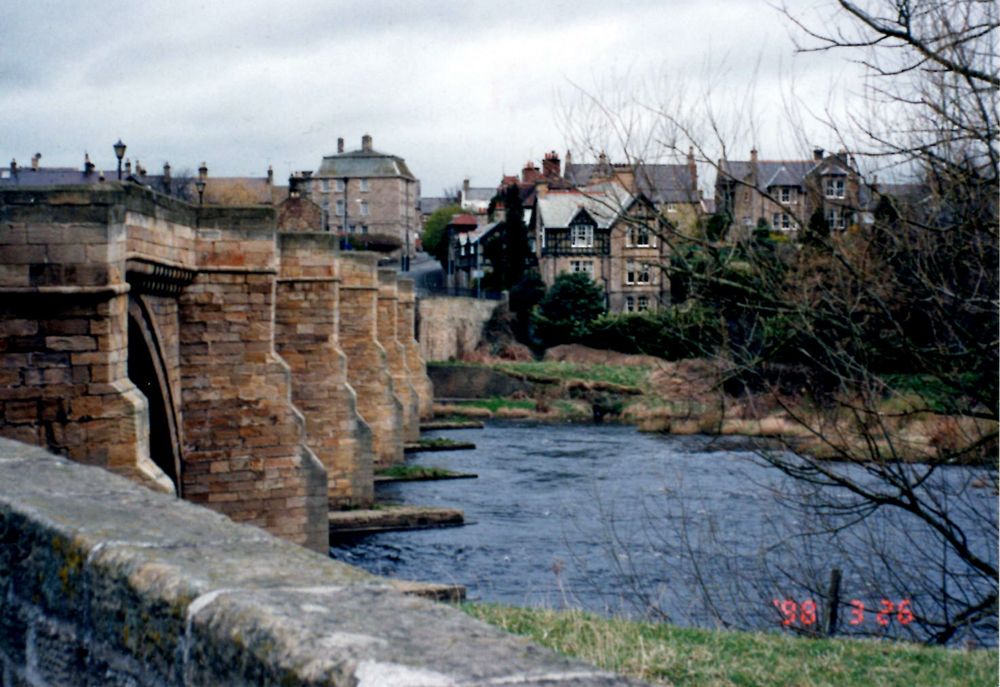
The Redesdale discovery reinforces Northumberland’s reputation as a treasure hotspot. Researchers point out that for centuries Dere Street remained a key thoroughfare – even after Rome left – running between religious and political centers.
Sites along that route proved ideal for elite travelers to bury valuables.
As local finds liaison Andrew Agate observed, “This project is a great example of how metal detectorists and archaeologists can come together to add to our understanding of the past in Northumberland”.
The collaboration between amateurs and pros is now yielding scientific insights in real time.
Student Success
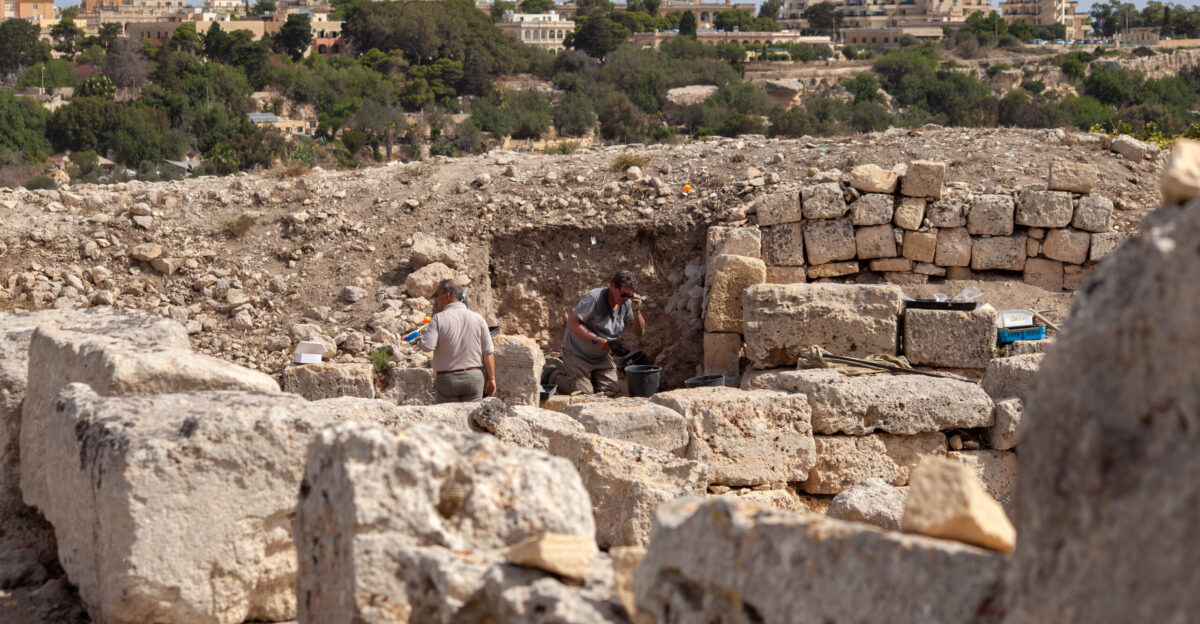
Souza was ecstatic. “I couldn’t believe I’d found something so quickly in my first excavation… it was actually quite overwhelming,” she told reporters.
Her supervisors shared the excitement: Professor James Gerrard called the artifact “an exciting find,” noting that usually such rare objects turn up only after years of digging.
For a novice archaeologist to make such a discovery was life-changing.
The object will be conserved (and likely displayed at Newcastle’s Great North Museum), giving Souza a permanent place in the region’s heritage story.
Detection Competition
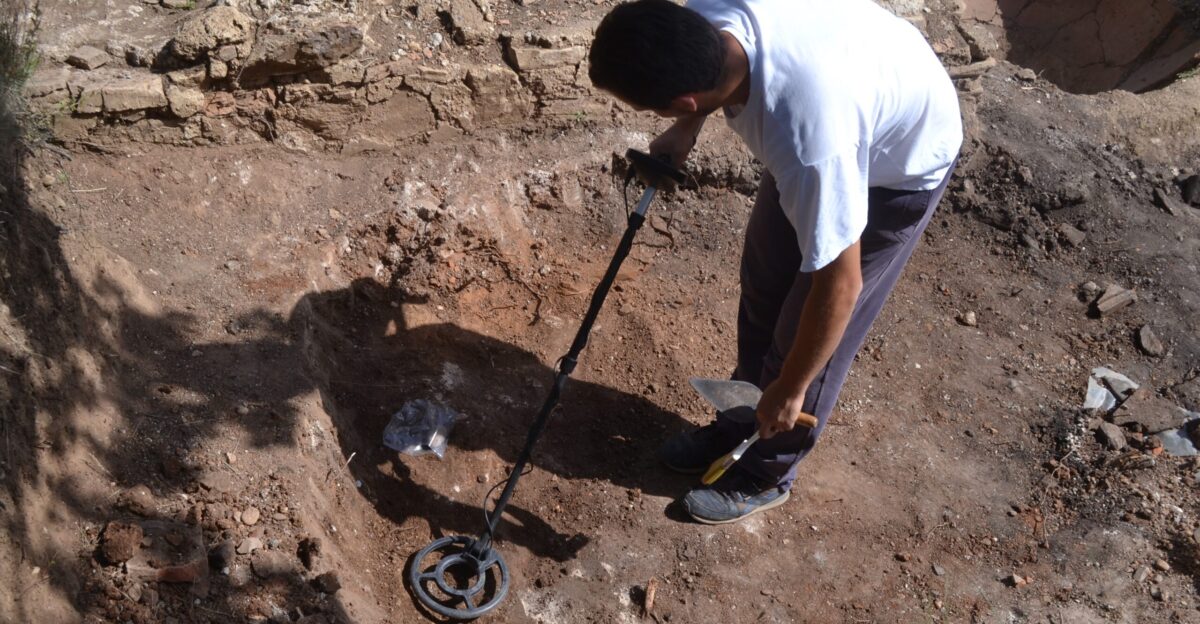
The boom in detecting is unmistakable: global sales of metal detectors are soaring (into the hundreds of millions of dollars annually), with Britain leading Europe in hobbyist activity.
Tens of thousands of licensed detectorists now scour UK fields by the book. This surge in “citizen archaeology” has pros and cons.
On the one hand, it has yielded many finds. On the other hand, heritage managers caution that untrained digging risks damage. Authorities are stepping up guidance and events for detectorists, but museum archaeologists must still balance openness to hobbyists with protecting fragile sites.
Academic Recognition

Newcastle University’s archaeology programs enjoy international prestige. Its MA offers six specialist streams (e.g. Late Antique, Medieval & Byzantine, Roman Frontier Studies), allowing students to tailor studies.
Located on a historic campus by Hadrian’s Wall, the department integrates fieldwork directly into coursework. The on-campus Great North Museum’s archaeology collections (prehistory through medieval) provide hands-on study material.
These immersive resources and expert faculty attract applicants worldwide. Graduates go on to PhD research and careers in heritage, adding to Newcastle’s global reputation.
Previous Discoveries
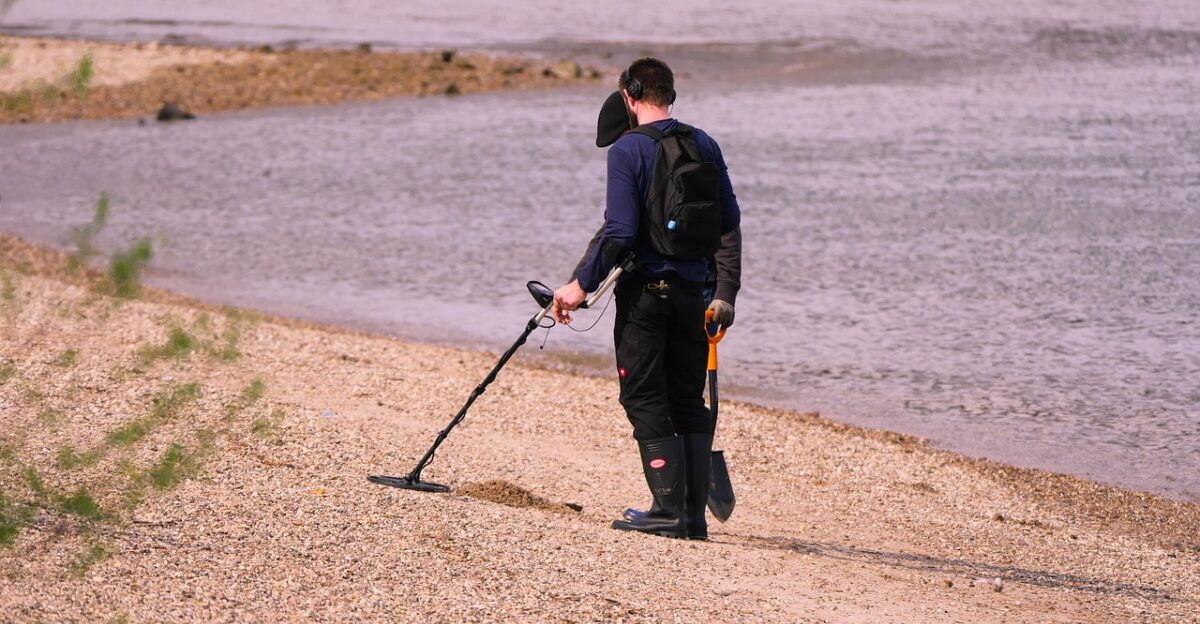
This 2025 dig followed up on a clue from 2021. In that year, metal-detectorist Alan Gray found a nearly identical ninth-century gold pin at the same Redesdale site.
That earlier discovery convinced Newcastle’s team that the location merited excavation. Finding a second matching artifact supports the idea of deliberate deposition.
Experts suggest these valuables were intentionally buried by high-status travelers passing along Dere Street. Each new find builds a pattern: medieval elites seem to have systematically cached treasures along Britain’s great road.
Academic Pressure

University archaeology departments are under pressure to integrate public finds into research. The PAS finds liaison officers (about 40 in England and Wales) now serve a community of roughly 40,000 detectorists.
Treasure reports have exploded: PAS staff note the number of treasure cases has grown “massively … year on year – going up exponentially” since the 2000s.
Managing this flood is a challenge. On one hand, volunteer discoveries enrich knowledge; on the other, professionals warn that each spot-checked find requires careful recording.
Departments strive to teach proper context methods even as they embrace public enthusiasm.
Institutional Response
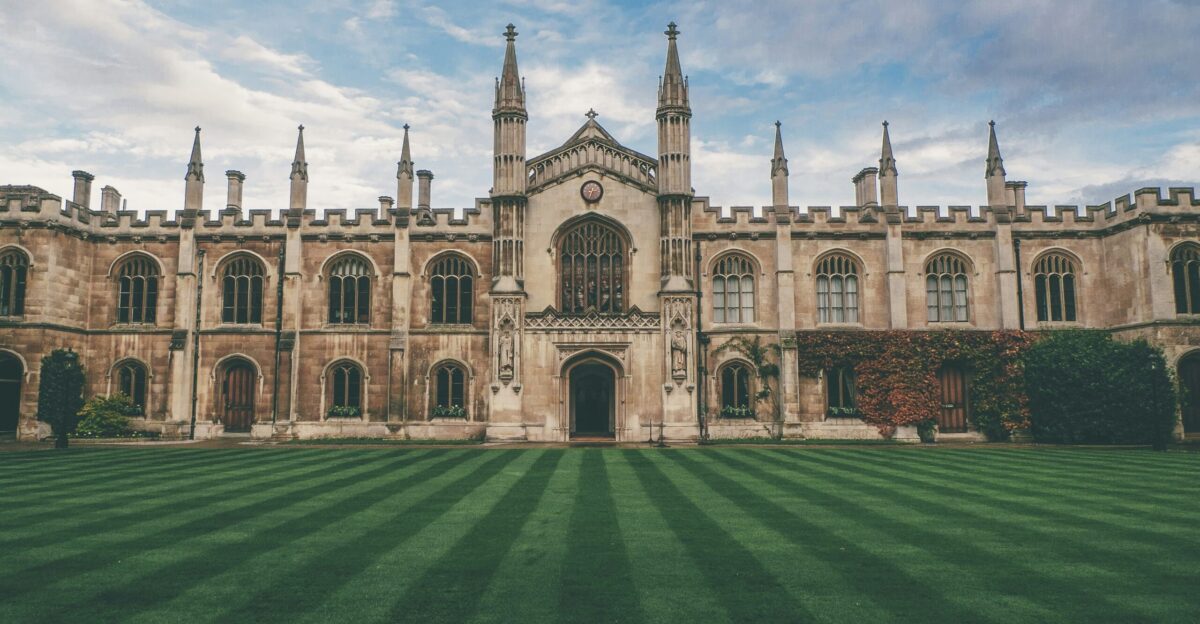
Newcastle University has turned this regional interest into an opportunity. The success of local excavations has driven the expansion of its field school programs, drawing more students and funding.
It also tightened ties with the Great North Museum: many finds from student digs now enrich the museum’s holdings.
This integration means undergraduates handle real artifacts and contribute to exhibits. Newcastle markets these strengths, positioning itself as a medieval archaeology center. In effect, a local treasure find has spurred more research posts, courses, and academic partnerships in northern England.
Processing Protocol
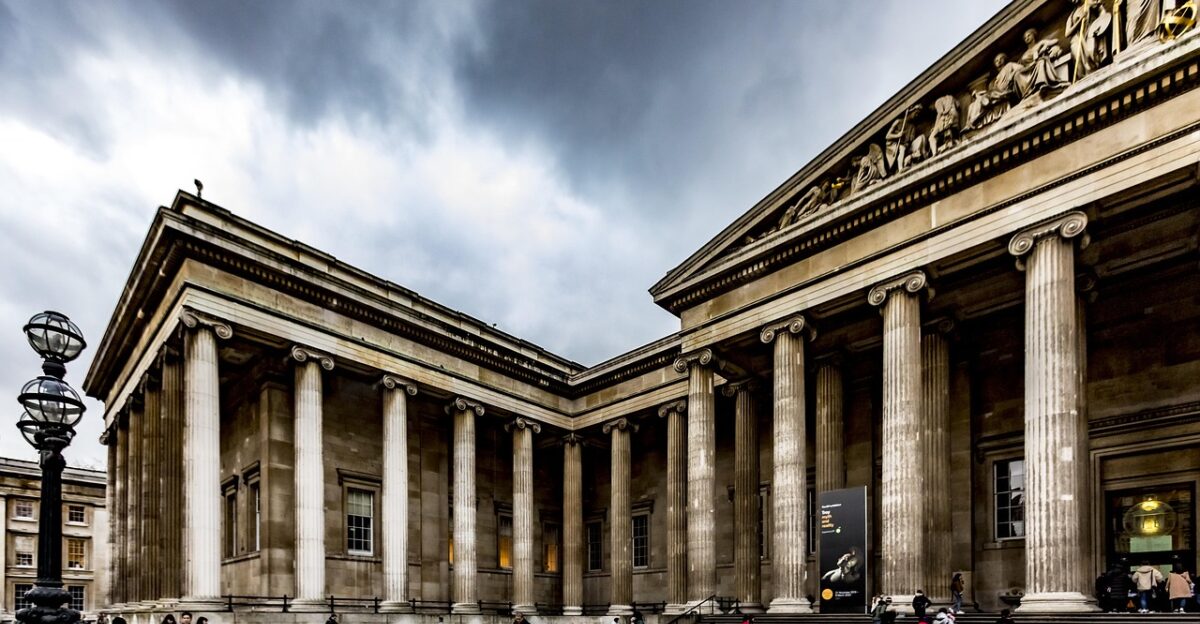
Next steps for Souza’s gold: it enters the Portable Antiquities Scheme (PAS) for analysis. The British Museum-run PAS has logged over 1.7 million public finds to date.
The artifact will be measured, X-rayed and analyzed metallurgically to confirm age and composition. Experts will compare it to similar medieval objects. If declared Treasure, the law requires it to be offered to museums at market value.
The finder and landowner would share compensation. Meanwhile, conservation specialists will stabilize the object.
Every stage ensures the artifact’s story is scientifically documented and shared.
Expert Analysis
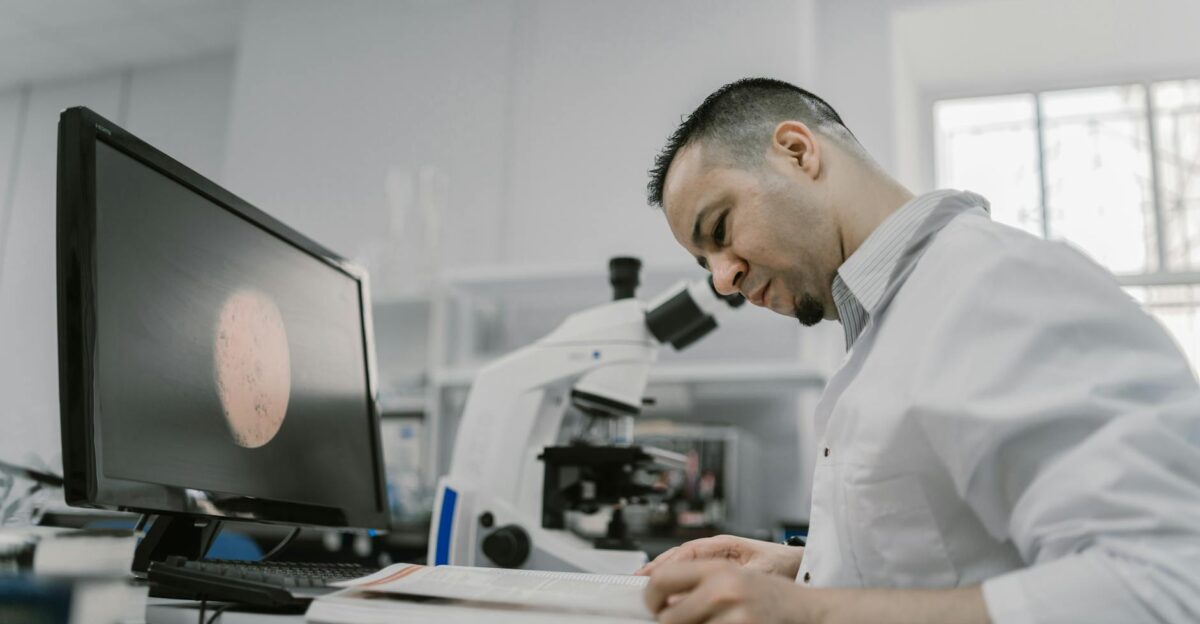
Specialists are cautiously optimistic about the ninth-century gold. Because gold signaled elite status, they suggest the object likely had a ceremonial or religious function rather than everyday use.
Its presence by Dere Street hints at connected social networks: elites traveling that route, perhaps church dignitaries, might have buried such items.
But experts emphasize one find is just a clue. Full context comes only through broader study.
They note that only by excavating more sites along those routes and comparing finds across Britain can historians understand the social and trade patterns of post-Roman society.
Future Implications
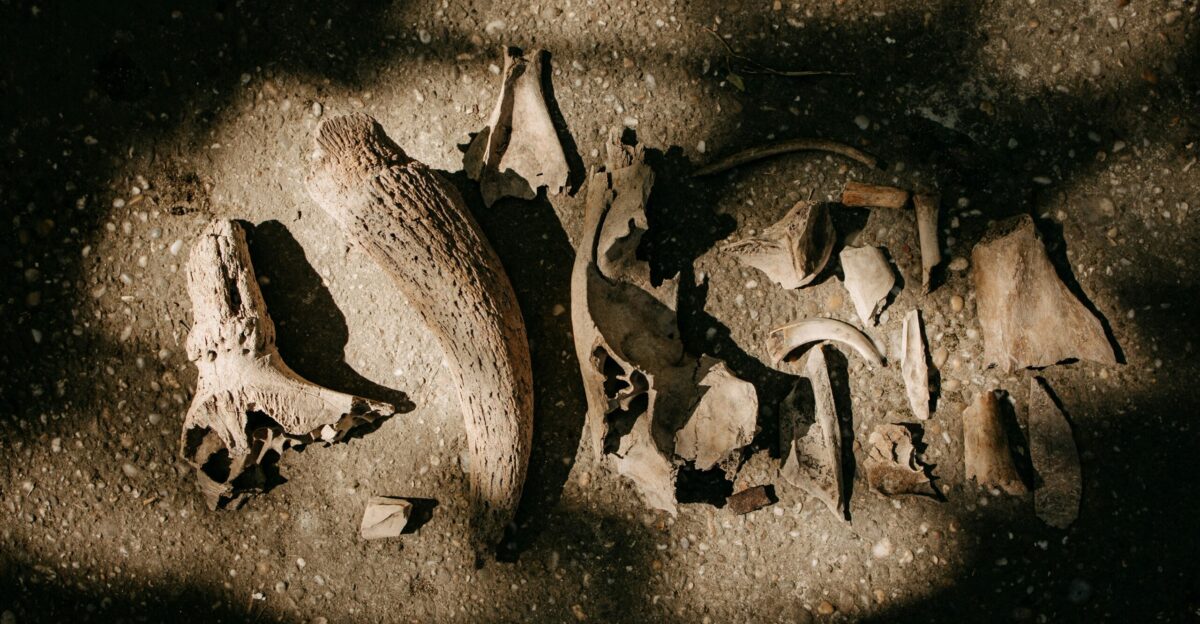
This discovery raises big questions for archaeology’s future. Teams are planning systematic surveys along ancient routes like Dere Street, on the theory that more caches may lie buried.
Field schools will likely grow to train students on these new projects. Educators, however, stress caution: they must balance student excitement with careful methods.
If school programs expand, instructors intend to reinforce rigorous context-recording standards.
Universities will ride the wave of public interest – but aim to channel it into scientific learning, not just sensational finds.
Policy Considerations

The flood of discoveries is prompting policy debate. Government figures show 1,378 Treasure cases in 2022 – the highest ever. Yet museums could afford to acquire only about 270 of those finds, leaving many artifacts potentially destined for private hands.
Officials have begun reforms: in 2023, the Treasure Act was amended to include a new “significance-based” category (covering exceptional objects over 200 years old).
Experts say museum acquisition budgets must be boosted, too, so that important items can stay public rather than disappearing into the market.
International Context

Britain’s PAS is often held up as a world-leading model of amateur-professional collaboration. Heritage agencies in Europe and beyond are watching closely.
Some countries, noting the U.K. system, are discussing their own voluntary reporting schemes or relaxing detector laws.
Conferences and coin-collectors’ guilds spotlight PAS best practices.
As metal-detecting technology spreads globally, many archaeologists see value in lessons from Britain’s approach – especially how to harness detectorists’ finds for science through outreach and legal frameworks.
Legal Framework

Medieval gold finds like Souza’s automatically qualify as Treasure under British law, so they must be reported. The British Museum notes that “there is a legal requirement to report all finds of Treasure – essentially single finds of gold and silver over 300 years old”.
Once reported, a coroner and experts evaluate the object. If a museum acquires it, the finder and landowner receive a fair market reward.
This unique system aims to balance preservation and public benefit: finders are incentivized to come forward, ensuring that artifacts are studied instead of sold clandestinely.
Cultural Shift
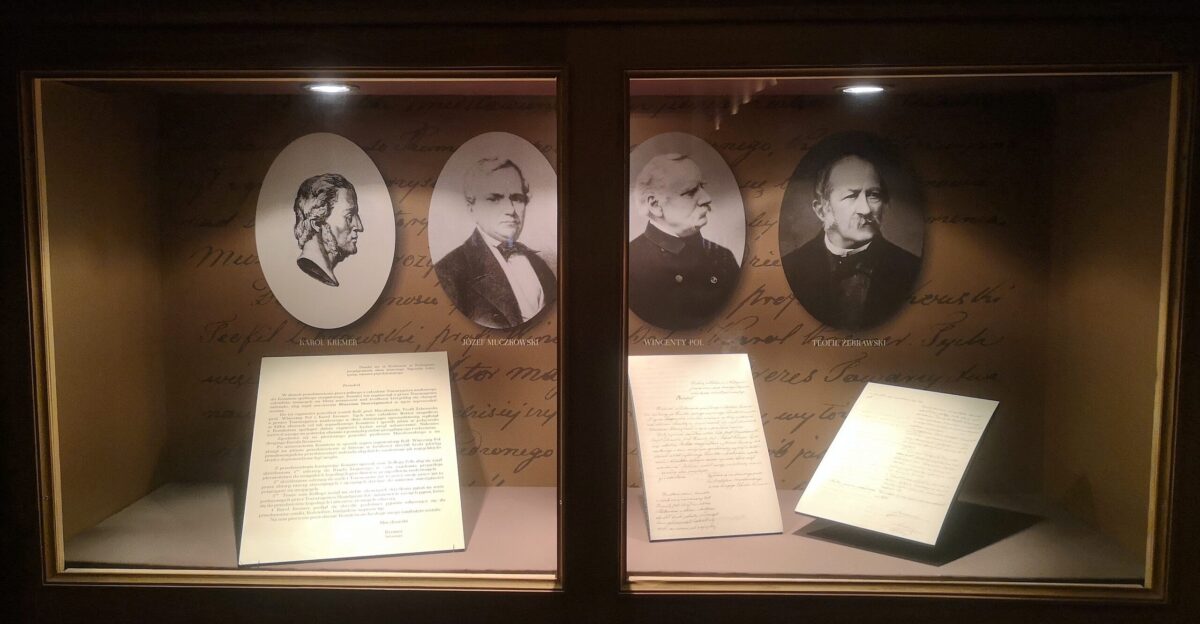
The age of social media has turned each archaeological find into a potential viral story. Souza’s discovery was picked up by major outlets and shared millions of times online.
Archaeologists see this digital amplification as a double-edged sword. It has inspired young people – from gamer teens to retirees – to appreciate heritage and pursue archaeology careers.
But it also raises expectations: public hunger for sensational finds can clash with the slow pace of science.
The community is now exploring how to use social platforms to educate and foster support, without letting clickbait moments overshadow careful research.
Broader Significance
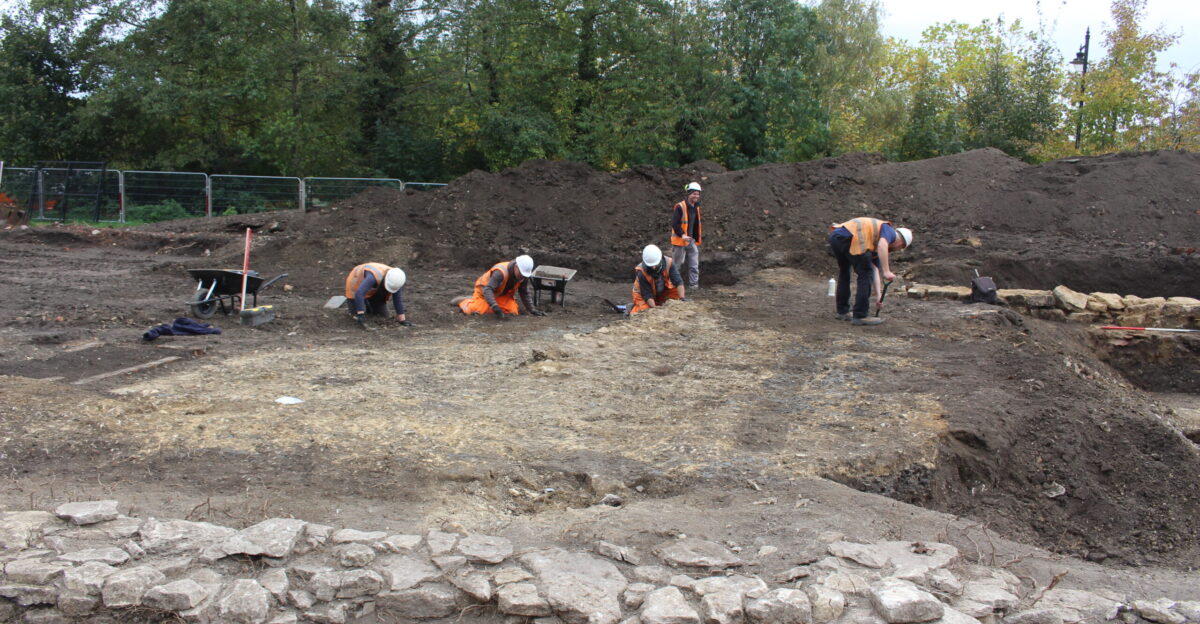
This find symbolizes archaeology’s evolving path: from an academic backwater to an inclusive, public-engaged science.
It shows how an enthusiastic amateur (the detectorist) and a novice student can together unlock history once accessible only to professionals.
Institutions like Newcastle’s Great North Museum embrace this spirit – their mission is to “inspire curiosity, learning and debate” through engagement with cutting-edge research.
The future likely lies in more such partnerships: by channeling public interest into structured digs, archaeologists hope to maintain rigorous standards while letting Britain’s rich past continue to surprise everyone.